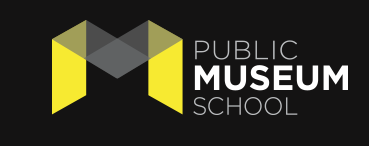These past two weeks in MAETy2, we’ve learned a little bit about this term “hackschooling“. To me, hackschooling is a pretty “out of the box” concept where instead of teaching students in a traditional school/classroom setting, students are more in control of their way of learning and their learning environment. Students can take their school and literally transplant themselves to a place where they will get the most out of their education. You really enjoy the beach and what different lakes/oceans have to offer? Take your “classroom” to the beach and start learning there. You really enjoy the forest? Take your “books and pencils” to the woods and learn all about the different ecosystems our world has to offer. This term hackschooling came from a teenage student, Logan LaPlante, who wanted to take ownership of his education and to really focus on being happy for the rest of his life. He did what made him happy, and he learned through his own experiences and motivation to be the person he wants to be.
“Education is important,” LaPlante says, “but why is being happy and healthy not considered education?”
I looked into alternate educational locations and what they have in common.



After exploring these alternative learning spaces, it makes me think about what I can do from within my own kindergarten classroom to create a better learning environment for my kiddos.
- Provide outdoor lessons
- More field trips based off of learning objectives
- More project-based learning
- Provide/model different ways to learn and explore
- Provide more student-lead/high-interest lessons
Hackschooling is less concerned with standardized curriculum, and instead encourages students to customize their education.
This past week, we were all given the chance to do our very own hackschooling for #MAET. Instead of working on certain things given to us by our course instructors, we were able to take those two hours of class time and focus on things we were genuinely interested in. It was amazing and I can’t say I would have taken that much time out of my school schedule to look up all the different ways coding can be used for kindergarteners, the benefits of quiet/rest time in kindergarten and what that can look like in the classroom, and more classroom set-ups and styles. Going through this hackschooling experience from the student perspective was truly a great way to see the impact of giving students the freedom to learn the way they do best.